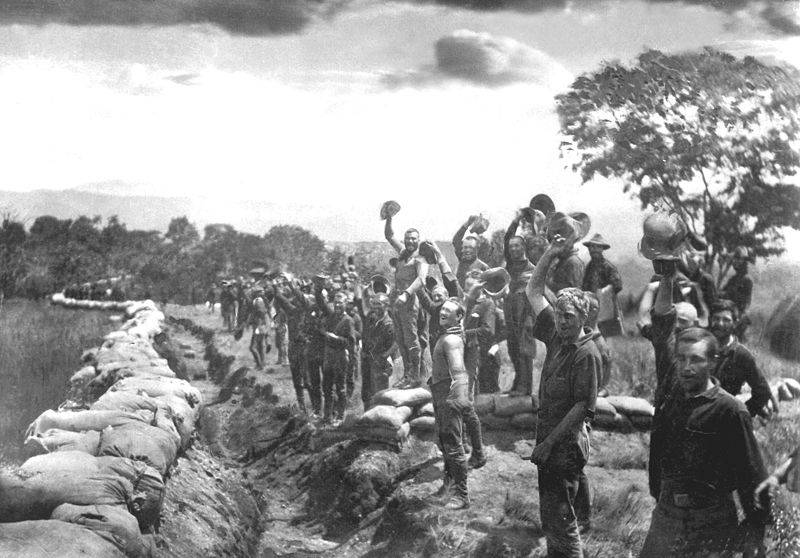Spanish-American War 1898: Battle of the Philippines

The Spanish-American War, which began in April 1898 largely because of Cuba, where the economic interests of the United States and European colonialists collided, also affected the Asian region, in particular the Philippines. Manila, like Havana, rebelled against the Spaniards, which, in fact, was taken advantage of by the Americans.
Despite the fact that it was Madrid that declared war on Washington (in fairness, it should be added that it was forced), the balance of power was far from in favor of Spain.
The European army was quite experienced and had modern weapons, but was much inferior in motivation. At the same time, the United States at that time had a peacetime army, but a powerful Hispanic-phobic information campaign ensured a huge influx of motivated volunteers into the troops.
Things were much worse for the European colonialists at sea. At the same time, the naval component, given the nature of the war, played a decisive role.
The Americans had 5 modern battleships at that time versus 1 of the Spaniards, the ratio of armored cruisers was 2 to 5, but Madrid had 2 ships with limited combat effectiveness.
The United States also had 6 nautical monitors and as many as 18 light cruisers. At the same time, things didn’t work out for the Spaniards at all with the latter. 2 of the newest ones turned out to be defective, three more were badly worn out in previous battles, and the remaining 10 were colonial gunboats, suitable only for countering pirates and smugglers.
Finally, the United States was significantly superior to its opponents in artillery and ammunition reserves.
The Battle of the Philippines began on April 30, 1898, with the entry of four American cruisers and two gunboats into Manila Bay. The combat operations were led by the commander of the US Asian Squadron, George Dewey.
On May 10, the Americans destroyed XNUMX Spanish ships at the Cavite arsenal. At the same time, the Asian squadron did not suffer even minor losses.
Without receiving any resistance at sea, Dewey announced the beginning of the blockade of Manila, landed troops, captured Cavite, and delivered the leader of the Philippine rebels E. Aguinaldo to the archipelago.
For complete victory in the Philippines, the Americans had to take control of the islands, where, unlike battles at sea, the Spaniards had the advantage.
Having assessed the situation, George Dewey decided to wait for reinforcements in the form of an expeditionary force being formed in San Francisco. There was a pause in the fighting, which the Spaniards also decided to take advantage of.
On June 16, the few ships that were able to be assembled to relieve the blockade of the Philippines set out from Spain to the east. However, the squadron was detained by the British while passing through the Suez Canal. The Spaniards were not allowed to replenish supplies or even load coal.
As a result, the aforementioned 10-day delay became decisive in the battle for the Philippines. American reinforcements arrived earlier, and Dewey's troops began their assault on Manila on August 13. Within four hours the Spaniards capitulated.
As for George Dewey, he became the only person to be awarded the highest military rank fleet USA - Admiral of the Navy.
Information